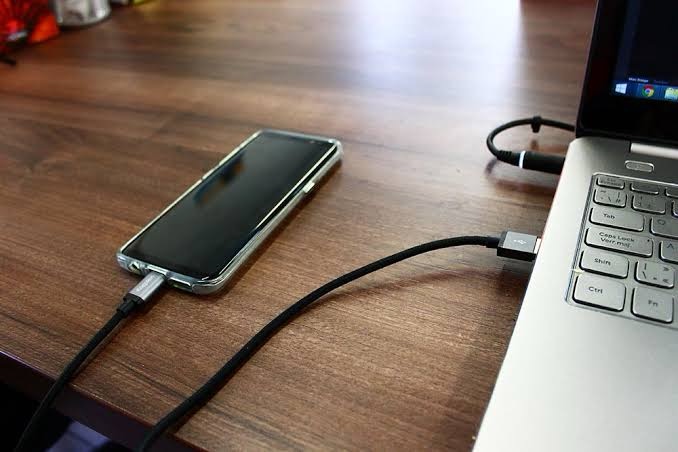USB 3.0, also known as SuperSpeed USB, is a version of the Universal Serial Bus (USB) standard that was introduced in 2008. It is an updated and faster version compared to its predecessor, USB 2.0. USB 3.0 offers significant improvements in data transfer speed, power delivery, and overall performance.

Here are some key features and advantages of USB 3.0:
1. Data Transfer Speed: USB 3.0 provides much faster data transfer rates compared to USB 2.0. It has a theoretical maximum transfer rate of up to 5 gigabits per second (Gbps), which is about ten times faster than USB 2.0’s maximum transfer rate of 480 megabits per second (Mbps). This faster data transfer speed makes it ideal for transferring large files, such as HD videos or backups.
2. Backward Compatibility: USB 3.0 is backward compatible with USB 2.0 and USB 1.1 devices, meaning you can connect USB 2.0 or USB 1.1 devices to a USB 3.0 port without any issues. However, the transfer speed will be limited to the maximum speed supported by the connected device.
3. Improved Power Efficiency: USB 3.0 provides better power efficiency compared to USB 2.0. It allows devices to draw more power from the USB connection, which is especially useful for charging smartphones, tablets, and other devices. USB 3.0 also introduces new power management features, such as improved idle power management and faster device charging.
4. Dual Bus Architecture: USB 3.0 uses a dual bus architecture, which means it can transmit and receive data at the same time. This improves overall efficiency and reduces latency when multiple devices are connected to a single USB 3.0 port.
5. Connector Design and Compatibility: USB 3.0 introduces a new connector design called the “USB 3.0 Type-A” connector, which features additional pins for SuperSpeed data transmission. USB 3.0 Type-A connectors are backward compatible with USB 2.0 Type-A connectors, allowing you to use USB 3.0 devices with older USB ports.
6. USB 3.1 and USB 3.2: USB 3.0 is the foundation for subsequent USB standards, including USB 3.1 and USB 3.2. These newer standards provide even faster data transfer speeds, improved power delivery, and other enhancements. USB 3.1 offers a maximum transfer rate of up to 10 Gbps, while USB 3.2 further doubles the speed to 20 Gbps.
It’s worth mentioning that USB 3.0 is a widely adopted standard and is compatible with various devices, including computers, laptops, external hard drives, flash drives, and more. Many modern devices now come with USB 3.0 ports to take advantage of its faster data transfer speeds and improved performance.










